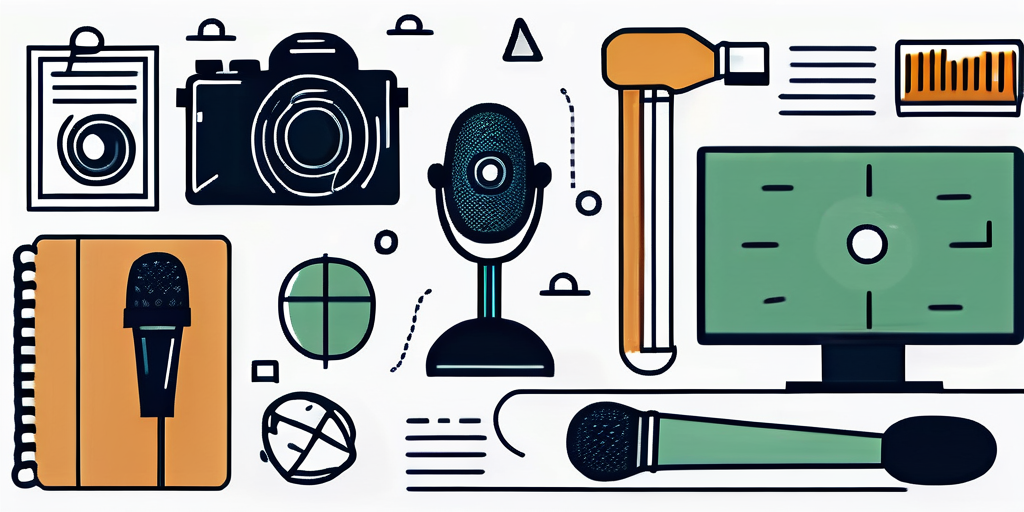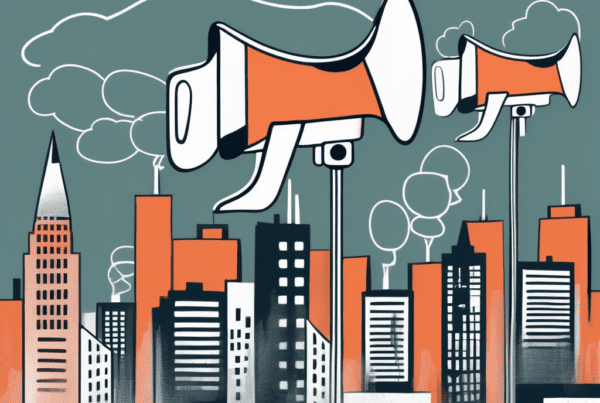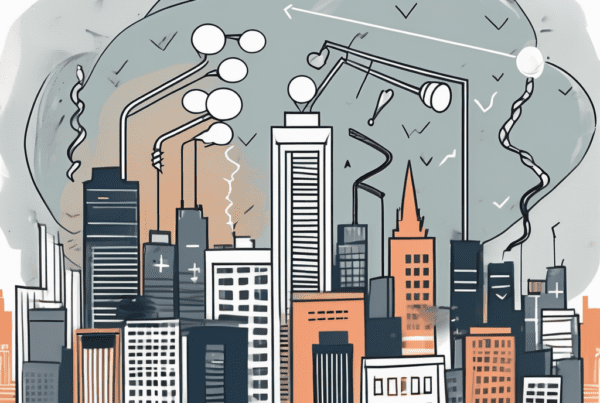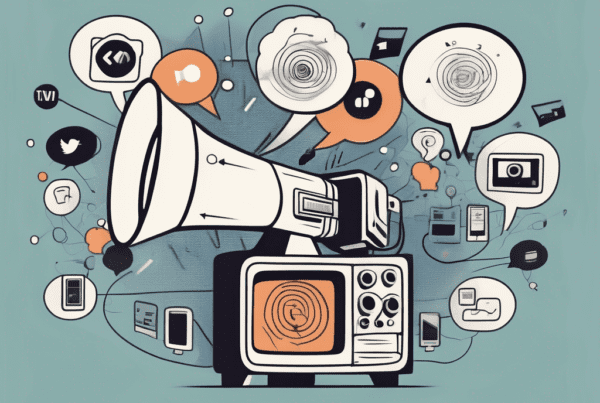
In the realm of public relations, a media tour is a critical tool used to disseminate information and create a positive image for a company, product, or individual. This comprehensive glossary entry will delve into the intricacies of a media tour, its purpose, strategies, and its role within the broader context of public relations.
A media tour is a series of pre-arranged, face-to-face meetings or interviews with journalists, bloggers, influencers, and other media personnel. These tours can take place in person, over the phone, or virtually, and are designed to generate media coverage and foster positive relationships with the media.
Understanding the Media Tour
The media tour is a strategic approach to public relations that involves a series of scheduled interactions with media representatives. It is a proactive method of communication that allows a company or individual to control the narrative and present their story in a favorable light.
Media tours can be used to promote a range of things, including new products, services, initiatives, or to manage a company’s reputation during a crisis. They are a powerful tool for reaching large audiences and influencing public perception.
Types of Media Tours
There are several types of media tours, each with its own unique set of characteristics and benefits. The most common types include the press tour, the radio media tour, the television media tour, and the digital media tour.
The type of media tour chosen depends on several factors, including the target audience, the nature of the message, and the resources available. Each type of media tour requires a different approach and strategy to be effective.
Benefits of Media Tours
Media tours offer numerous benefits to companies and individuals. They provide an opportunity to directly engage with the media, allowing for a more personal and impactful exchange of information. This can lead to more accurate and favorable media coverage.
Additionally, media tours can help to establish and strengthen relationships with media representatives. This can be beneficial in the long term, as it can lead to more opportunities for media coverage in the future.
Planning a Media Tour
Planning a media tour requires careful consideration and strategic planning. The first step is to identify the purpose of the tour and the key messages that need to be communicated. This will guide the planning process and help to ensure that the tour is effective.
The next step is to identify the target media outlets and representatives. This should be based on the target audience and the type of media coverage desired. Once the target media outlets have been identified, a schedule for the tour can be developed.
Creating a Media Kit
A media kit is an essential tool for a media tour. It provides media representatives with all of the information they need to cover the story. A media kit typically includes a press release, fact sheets, bios, photos, and other relevant information.
The media kit should be well-organized and easy to navigate. It should be designed to grab the attention of media representatives and provide them with everything they need to write or produce a story.
Preparing for Interviews
Preparation is key to a successful media tour. This includes preparing for interviews by anticipating questions, developing responses, and practicing delivery. It’s also important to understand the style and format of each media outlet to tailor the message accordingly.
During the interview, it’s important to stay on message and to communicate the key points clearly and concisely. It’s also important to be personable and engaging to create a positive impression.
Executing a Media Tour
Executing a media tour requires careful coordination and attention to detail. Each interaction with the media should be treated as an opportunity to convey the key messages and to create a positive impression.
It’s important to be flexible and adaptable during a media tour. Unexpected issues may arise, and it’s important to be able to adjust the plan as needed. It’s also important to be responsive to the needs and requests of the media representatives.
Following Up After a Media Tour
Following up after a media tour is an important part of the process. This includes thanking the media representatives for their time, providing any additional information requested, and tracking the media coverage generated by the tour.
Following up also provides an opportunity to strengthen relationships with the media and to lay the groundwork for future media tours. It’s also a good time to evaluate the success of the tour and to identify areas for improvement.
Role of Media Tours in Public Relations
Media tours play a crucial role in public relations. They provide a platform for companies and individuals to communicate their messages directly to the media, which can then be disseminated to the public. This can help to shape public perception and to build a positive image.
Media tours are also an important tool for crisis management. During a crisis, a media tour can be used to communicate the company’s response, to reassure the public, and to manage the company’s reputation.
Media Tours and Crisis Management
In times of crisis, media tours can be an effective tool for managing a company’s reputation. They provide a platform for the company to communicate its response to the crisis, to reassure the public, and to control the narrative.
During a crisis, it’s important to be transparent, responsive, and proactive. A media tour can help to achieve these objectives by providing a platform for direct communication with the media.
Media Tours and Reputation Management
Media tours can also be used as a tool for reputation management. By directly engaging with the media, a company can influence the way it is portrayed in the media and shape public perception.
Through a media tour, a company can highlight its strengths, address any misconceptions, and demonstrate its commitment to its customers and the community. This can help to build a positive image and to enhance the company’s reputation.
Conclusion
In conclusion, a media tour is a powerful tool in the field of public relations. It provides a platform for direct communication with the media, allowing a company or individual to control the narrative and shape public perception.
Whether used to promote a new product, manage a crisis, or enhance a reputation, a media tour requires careful planning, execution, and follow-up to be effective. With the right approach, a media tour can generate positive media coverage, foster strong relationships with the media, and create a positive image for a company or individual.




